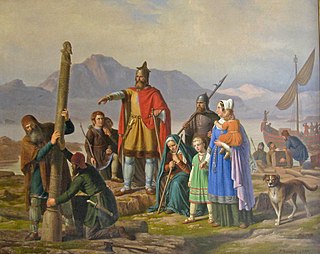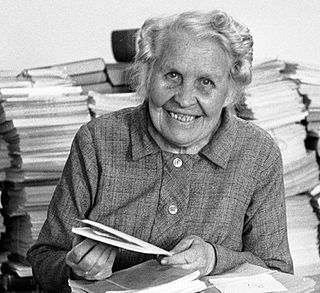Basalorum is a former village in Jörns socken in the north-west part of Skellefteå Municipality, Västerbotten County, Sweden.

Skellefteå Municipality is a municipality in Västerbotten County in northern Sweden. Its seat is located in Skellefteå.

Västerbotten County is a county or län in the north of Sweden. It borders the counties of Västernorrland, Jämtland, and Norrbotten, as well as the Norwegian county of Nordland and the Gulf of Bothnia.

Sweden, formally the Kingdom of Sweden, is a Scandinavian Nordic country in Northern Europe. It borders Norway to the west and north and Finland to the east, and is connected to Denmark in the southwest by a bridge-tunnel across the Öresund, a strait at the Swedish-Danish border. At 450,295 square kilometres (173,860 sq mi), Sweden is the largest country in Northern Europe, the third-largest country in the European Union and the fifth largest country in Europe by area. Sweden has a total population of 10.2 million of which 2.4 million has a foreign background. It has a low population density of 22 inhabitants per square kilometre (57/sq mi). The highest concentration is in the southern half of the country.
Basalorum was built in the Jörn Parish by the Swedish state. The village was built in 1836 and got its name in the 19th century when a geographical surveyor played with the childish rhyme Snipp, snapp, snorum, hej basalorum . Snipp, Snapp, Snorum and Hej are four other villages in the vicinity. [1]

Surveying or land surveying is the technique, profession, and science of determining the terrestrial or three-dimensional positions of points and the distances and angles between them. A land surveying professional is called a land surveyor. These points are usually on the surface of the Earth, and they are often used to establish maps and boundaries for ownership, locations, such as building corners or the surface location of subsurface features, or other purposes required by government or civil law, such as property sales.

Snipp is a village in Jörns socken, Skellefteå Municipality, Västerbotten County, Sweden. The village has repeatedly lost population and after the first decade of the 21st century, there is no longer any permanent residence there.

Snapp is a village, in Jörns socken, Skellefteå Municipality, Västerbotten County, Sweden.
Basalorum was the first of these villages to be abandoned. According to the church books, the village was abandoned in 1854 when the first settler with family moved to Norway.

A settler is a person who has migrated to an area and established a permanent residence there, often to colonize the area. Settlers are generally from a sedentary culture, as opposed to nomads who share and rotate their settlements with little or no concept of individual land ownership. Settlements are often built on land already claimed or owned by another group. Many times settlers are backed by governments or large countries. They also sometimes leave in search of religious freedom.

Norway, officially the Kingdom of Norway, is a Nordic country in Northwestern Europe whose territory comprises the western and northernmost portion of the Scandinavian Peninsula; the remote island of Jan Mayen and the archipelago of Svalbard are also part of the Kingdom of Norway. The Antarctic Peter I Island and the sub-Antarctic Bouvet Island are dependent territories and thus not considered part of the kingdom. Norway also lays claim to a section of Antarctica known as Queen Maud Land.














